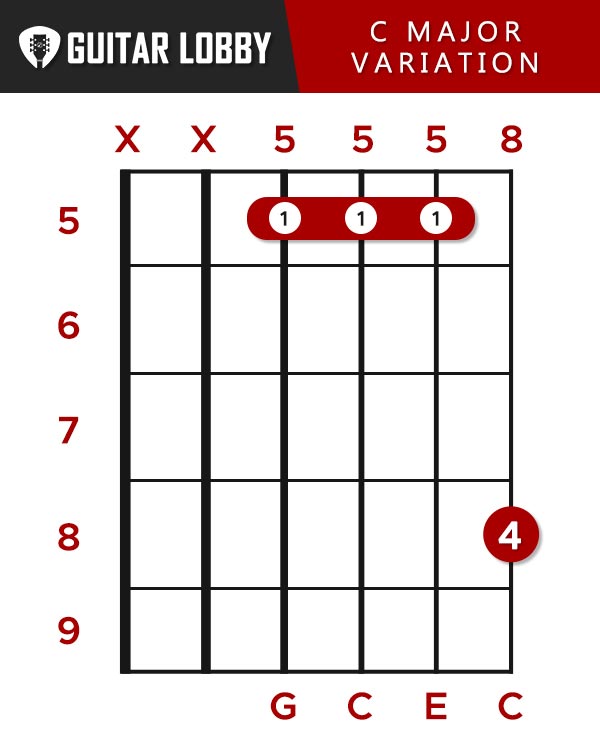


In the study of harmonic functions, you may notice that the relative and counter parallel of strong function chords result in medium-strong or weak function chords. Relative major chord of Am7 is Cmaj7, and the counter parallel chord of Am7 is Of Am7 is Cmaj7, and that two degrees behind Am7 is Fmaj7. The counter parallel chord will always be two degrees behindĮxample in the major key of C, using the Am7 chord as a reference:.The major relative chord will always be two degrees forward.Will always be major, and to find them just do the following: As a rule, the relative and counter parallel chords of a minor chord Similar to the previous case, except that everything will be the other wayĪround. Notice that two degrees in front of Cmaj7 is Em7, and two degrees behind Cmaj7 is Am7.Ī reference within that key, for example, the Fmaj7 chord, we would apply theĭm7 and the counter parallel is Am7. The counter parallel chord will always be two degrees forward The chords in the key of C Major C Major - D minor - E minor - F Major - G Major - A minor - B diminished (B) The chord formula for any Major key is.The relative minor chord will always be two degrees behind.Parallel chords of a major chord will always be minor, and to find them just do The Cmaj7 chord, differing by only one note. Therefore, both the Am7 chord and the Em7 chord have a close relationship with Notes in common with the Cmaj7 chord (the C, E, G notes), and the Em7 chordĪlso has 3 notes in common with the Cmaj7 chord (the E, G and B notes). For example, considering the Cmaj7 chord, its relative chord is Am7, and the counter parallel chord is Em7. Let me know what you think or if you have any questions in the comments below.To put it concisely, both relative and counter parallel chords are those that have a strong connection to the main chord. When I first understood this I was frustrated, I didn’t know this before! After all, this is such a practical concept! Now Your Turn! You could also see it the other way around and use the relative major of a minor scale to add some colors and get different creative ideas. If it has a major sound to it, you can go straight to the relative minor pentatonic to improvise. Fortunately, in a pop context, the first chord of a progression is most likely the root key of the song. But when playing around a fire camp this might not be clear and you could have to find it rapidly on your own. When improvising, you have to know the key of the song before doing anything. Here is an improvised example using E minor pentatonic over the same G Major chord progression: Using It to Write Solos for Basic Rock and Pop Progressions Playing the minor pentatonic version of the relative minor will give you a more rock and bluesy sound. You can use it to find which minor pentatonic scale fits best with a major chord progression.

The difference in the previous example is subtle but when playing solos in a popular music context (pop, rock, blues, soul etc.) the relative minor is very handy. Here is an example of this over a G major chord progression.Į minor scale played a few times (relative minor) Relative Minor for the Guitar Player (Where It Gets Interesting!) This gives them a major or minor sound.Īlso, it will drastically change the way you approach your soloing since you will revolve around different notes. This is because they each resolve on a different note. How Is It Different from the Major Scale?Įven though the two scales share the exact same notes they won’t sound similar when played over the exact same chord progression. The notes to its relative minor (A minor) are A-B-C-D-E-F-G-A. In other words, a minor scale is simply a major scale starting on the 6 th note.įor example, the C Major scale notes are C-D-E-F-G-A-B-C. On a guitar, this is 3 frets lower.Īnother way to approach this is to look at the 6 th of any major scale to find its relative minor key. To find the relative minor to any major scale just go down 3 half-steps. Both scales are said to be relative to one another.
C MAJOR RELATIVE CHORDS HOW TO
What Is the Relative Minor and How to Find It?Įvery major scale shares the exact same notes as a minor scale.


 0 kommentar(er)
0 kommentar(er)
